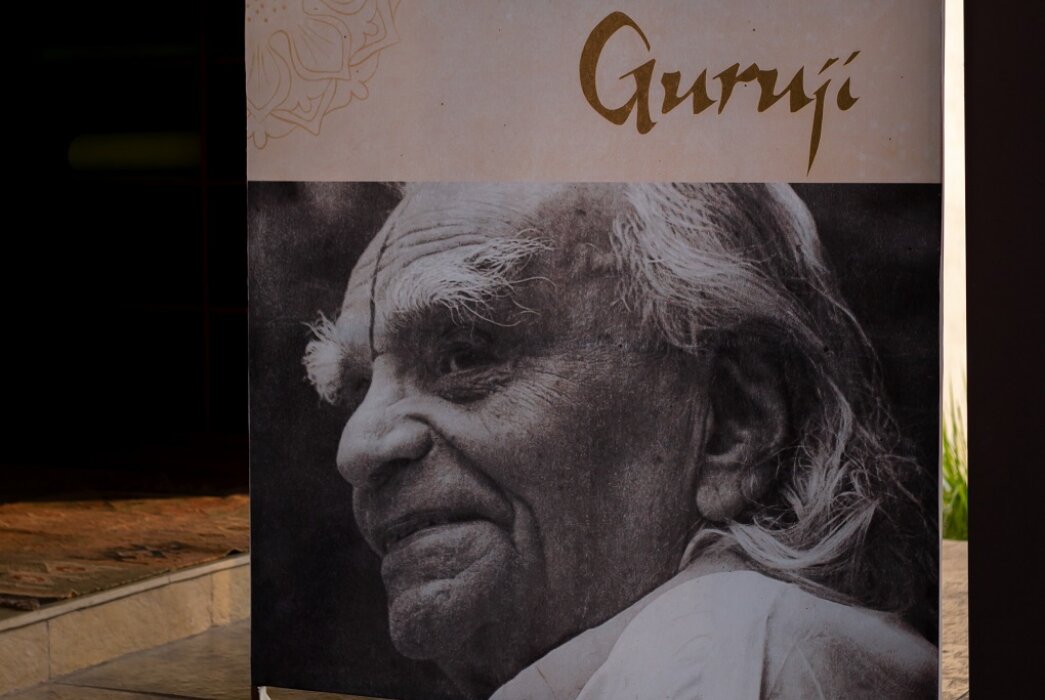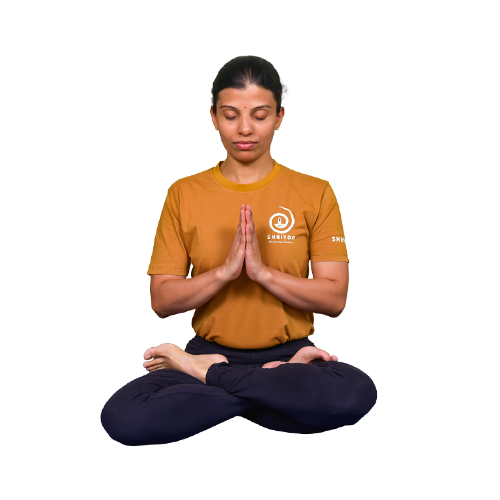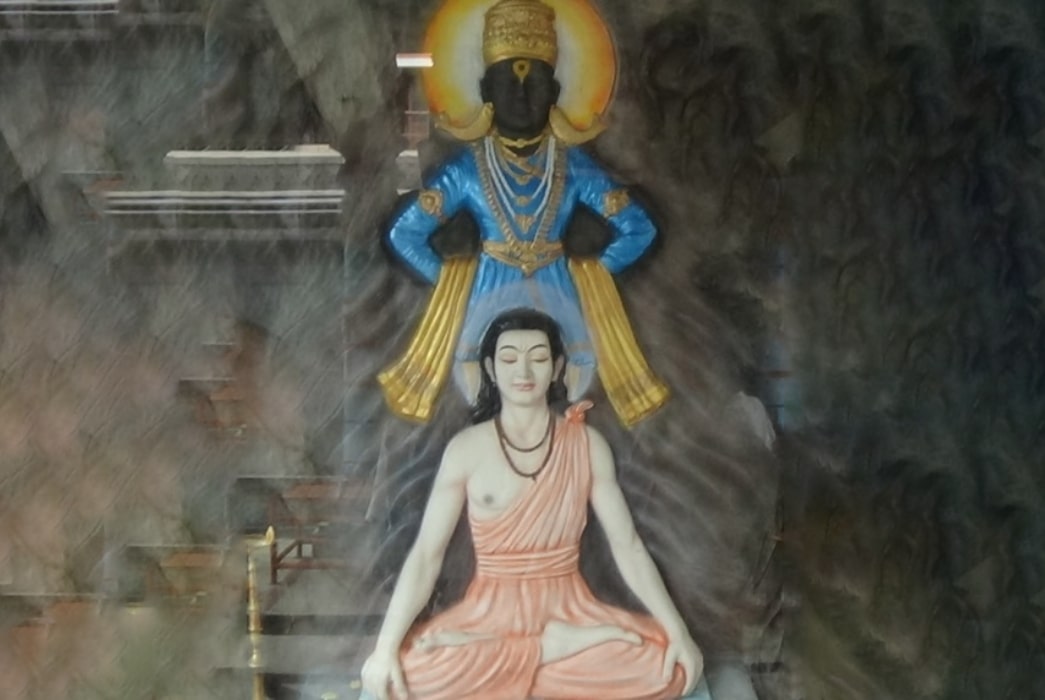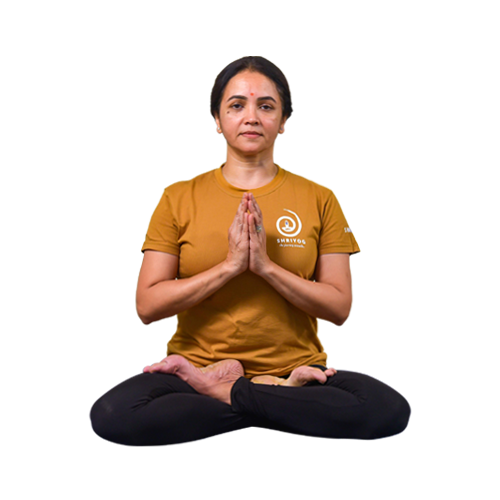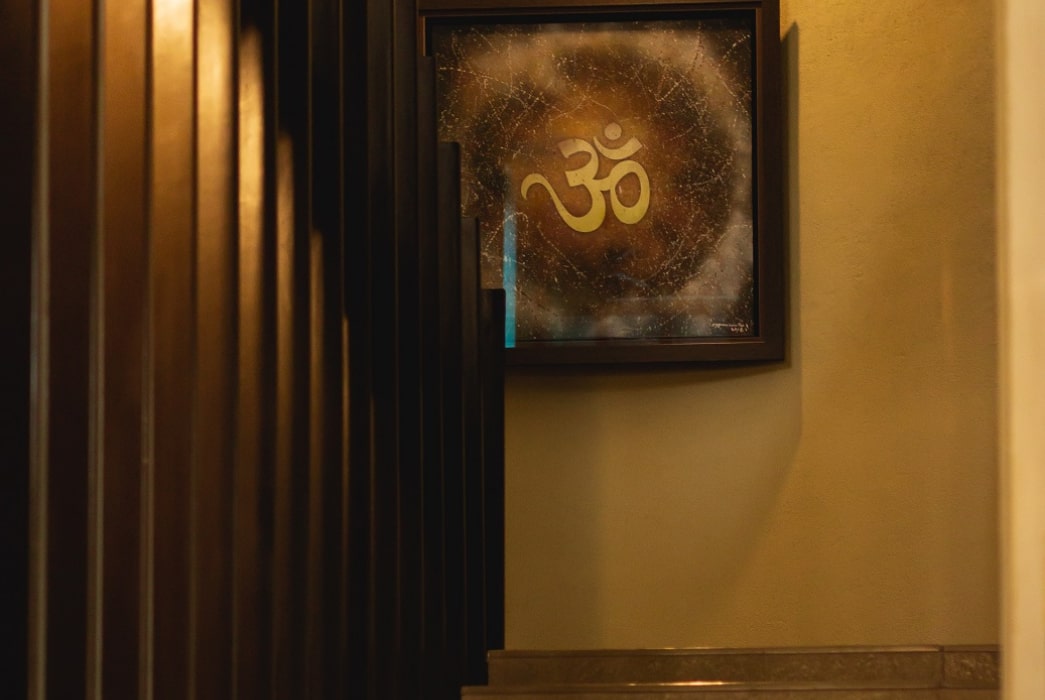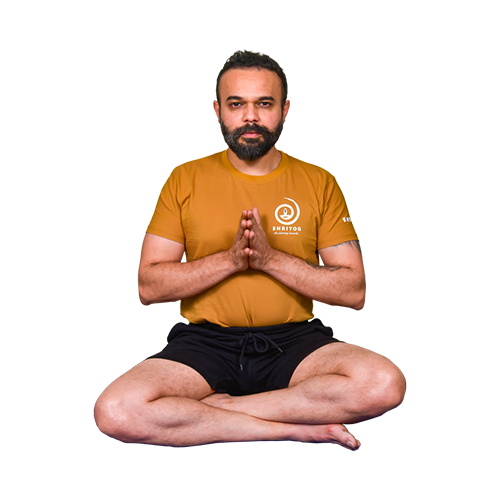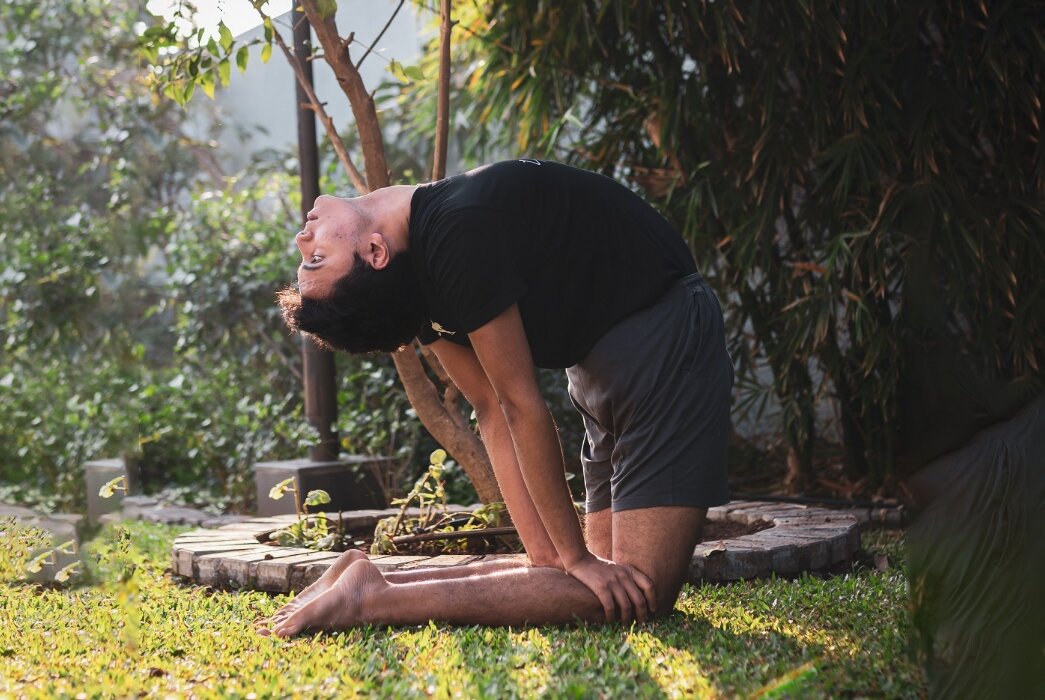Why Iyengar yoga?
The Oxford dictionary defines Iyengar yoga as “A type of ashtanga yoga focusing on the correct alignment of the body, making use of straps, wooden blocks, and other objects as aids to achieving the correct postures.
Yogacharya B.K.S. Iyengar (Guruji) is a legend who has taught yoga in a unique way to all his students. He finds the meaning of the yoga sutras by his practical search and regular practice of yoga. Thus, he has helped all to experience the wisdom of the yoga sutras. His style of teaching yoga is called “Iyengar Yoga” and is now being followed by certified teachers across the world.
Iyengar yoga is meant for all and is a way of life. The use of props, designed by Guruji, such as wooden gadgets, belts, ropes etc. help the practitioner to achieve perfection in any asana. Regular practice of ‘Iyengar Yoga’ definitely integrates the body, mind and emotions.
Yogacharya B.K.S. Iyengar with his intellectual and spiritual practices has mastered the techniques which can be used by all practitioners of yoga. “Research based experience” and “experience-based research” has helped him in evolving this technique which is now known as “Iyengar Yoga”.
B.K.S. Iyengar taught several eminent personalities such as J. Krishnamurti (ideal teacher), Jayaprakash Narayan (freedom fighter), Achyut Patwardhan (commandant of National Defense Academy) and also many physicians and industrialists.
Guruji’s practice and teachings were well appreciated by Dr. Rajendra Prasad (First President of India), Dr. Mohammad Hatta (ex-Vice President of Indonesia), Pope Paul VI and also by other eminent personalities from different countries. A fortuitous meeting with the violin maestro Yehudi Menuhin in 1952 was instrumental in introducing the Western World to Guruji. Menuhin was responsible for introducing several luminaries to BKS Iyengar. One of them being the Queen Mother of Belgium. Guruji’s teachings were first published in 1966 as Light on Yoga. This book has been translated into 18 languages.
What are the unique features of “Iyengar Yoga”?
Iyengar Yoga can be practiced by all.
The emphasis is given to precision and alignment in all postures.
The use of self-designed props such as wooden gadgets, belts, ropes helps the practitioner to achieve perfection in all the postures.
The aspect of “sequencing”. An “Iyengar Yoga” practitioner is aware of the sequence in which different groups of asanas have to be performed.
Does “Iyengar Yoga” involve only asanas and pranayama?
“Iyengar Yoga” teaches all the 8 aspects of ashtanga yoga: Yama, Niyama, Asanas, Pranayama, Pratyahara, Dharana, Dhyana and Samadhi.
Yogacharya B.K.S. Iyengar has been teaching us how the performance of an asana needs disciplines encoded by yama and niyama, how the body needs to be guided in asana, the role of the breath (pranayama), how the complete involvement of the senses of perception (pratyahara) and total concentration (dharana and dhyana) help to attain samadhi.
Is Iyengar Yoga very tough and demanding?
“Iyengar Yoga” is definitely not meant for a casual practitioner. It is not tough but it is demanding. A student is expected to be totally (physically, mentally and emotionally) involved during his/her practices.
Will I be able to do Yoga if I am very stiff?
A lay observer may feel that a person who is more flexible can perform Yogasana better than a person who is stiff. However, this is not true. By regular practice, one can strive towards perfection in the asana where the effort to perform it becomes effortless.
